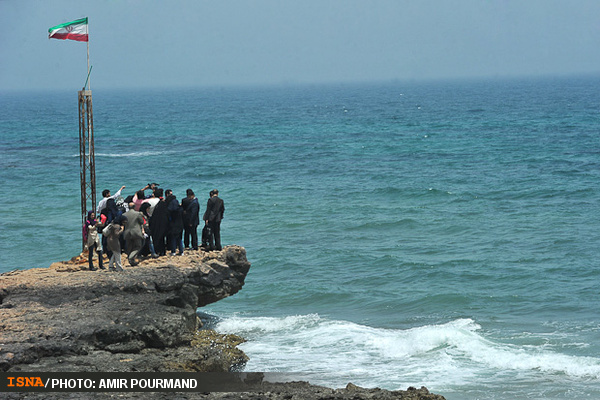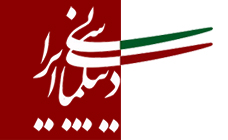The Three Iranian Islands: A Legacy for the Future of Iran’s Children

The three Iranian islands—Abu Musa, Greater Tunb, and Lesser Tunb—are an inseparable part of Iran’s territorial integrity. Beyond their geographical and geopolitical significance, they embody the historical and cultural identity of the Iranian nation. Territorial integrity is one of the fundamental principles of international law, as explicitly enshrined in the Charter of the United Nations. These islands, with their ancient history and deep-rooted ties to Iranian culture and civilization, have historically constituted an integral part of Iran. However, the repeated claims of the United Arab Emirates to these islands and threats to Iran’s territorial sovereignty not only undermine national security but also jeopardize the future of Iran’s children.
Located in the strategically critical Strait of Hormuz—one of the world’s most vital energy corridors—the islands play a pivotal role in global energy flows. This geopolitical significance renders them crucial to Iran’s national security and interests. Furthermore, their unique geographical position grants them environmental importance, making the preservation of these ecosystems imperative for future generations. Today’s Iranian children and those of tomorrow (Generations Z and Alpha) are the rightful heirs to these natural and strategic assets, thus, it is our duty to safeguard and protect these strategic assets. From the perspective of international law, Iran’s sovereignty over the three islands is historically, legally, and contractually well-established. Numerous documents, including historical maps and international correspondences during the Qajar and Pahlavi eras, confirm Iran’s sovereignty. In 1971, following Britain’s withdrawal from the Persian Gulf, Iran reaffirmed its sovereignty over these islands. Although the UAE has asserted claims to these territories, no international court or reputable legal body has recognized such claims. Defending Iran’s sovereignty over these islands is not only a historical right but also a necessity for preserving the country’s territorial integrity and ensuring this legacy for future generations.
Children’s rights, as an inseparable component of human rights, include the right to live in a secure environment, access education, and envision a sustainable future. Preserving Iran’s territorial integrity, particularly in areas such as the three islands, is a national commitment to uphold these rights. Any threat to the territorial integrity of the three islands would deprive future generations of not only economic resources but also their historical and cultural identity. Protecting these islands ensures the continuity of Iran’s historical and cultural ties for future generations. It is our responsibility today to defend these territories as an undeniable legacy for the children of tomorrow. Securing the three islands necessitates a multifaceted approach, encompassing diplomatic efforts, military reinforcement, and fostering national unity. Additionally, educating the younger generation about the importance of these islands and instilling a sense of responsibility for territorial integrity are vital steps. Such education must encompass historical, legal, and geographical knowledge about the islands so that today’s children can become informed and responsible stewards of this legacy.
The three islands represent more than a national issue; they are a symbol of identity and the survival of a nation. Defending them is not merely a military or diplomatic act but a human obligation toward the children of this land, who deserve to inherit a secure, enduring, and proud legacy. In a world where competition over resources and territories grows more complex by the day, Iran must rely on its history, international laws, and national will to defend the three islands as an integral part of its territory. The future of Iran’s children depends on the decisions and actions we take today. By preserving this heritage, we build a bridge to a brighter future for the generations to come.

